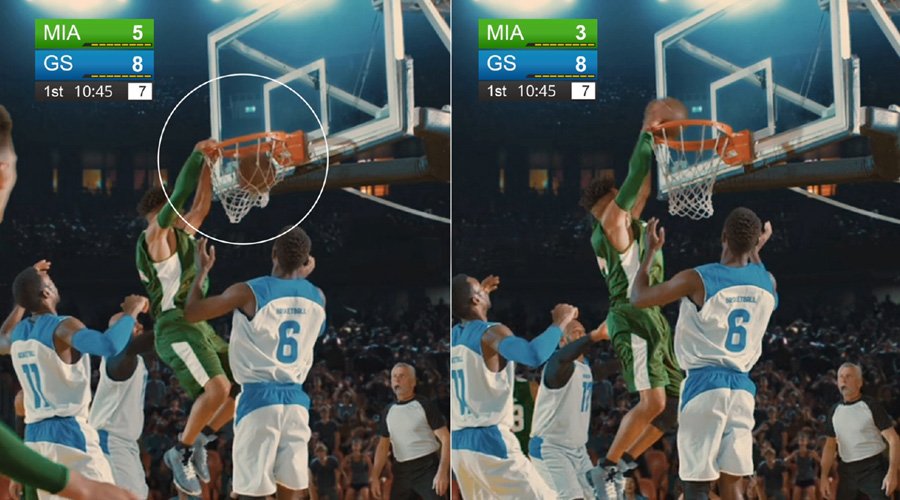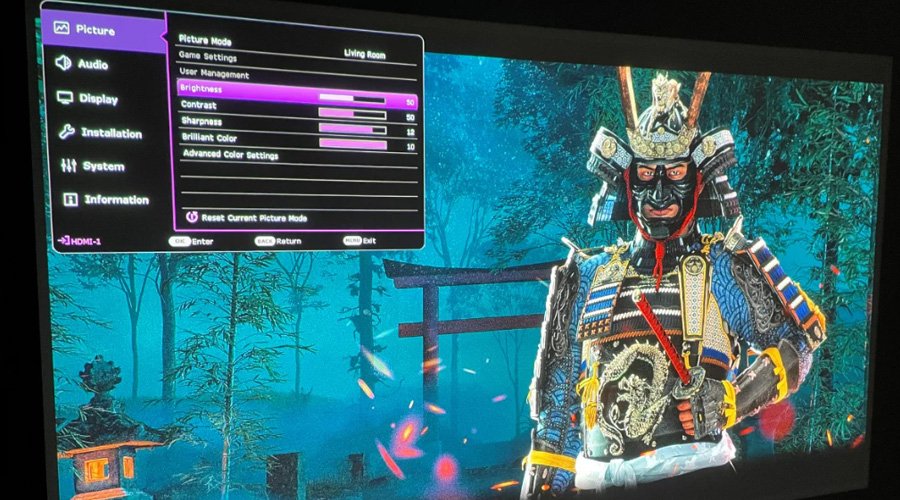Resolution and gaming go hand in hand and many people often wonder about the best resolution when using a big screen projector to game. After all, many users may be familiar with resolutions on smaller form factor TVs and monitors, but projectors remain relatively niche in gaming. But they’re growing in popularity due to low input lag and features like true 4K HDR, which is excellent for gaming on current gen consoles, namely PS5 and Xbox Series X. Certainly, PCs can also be hooked up to projectors, and in the latter the trade off between visual fidelity and resolution is even more obvious, plus more at the control of users.
Video games have always had to balance graphical detail and visual effects with resolution, or pixel count. The more advanced the graphics and the higher the resolution, the heavier the processing load on the hardware used. This often leads to games becoming unplayable, or running at very low frame rates. Thus, there needs to be a balance, and as we see with many titles on PS5 and Xbox Series, developers often provide a choice between fidelity mode in 4K 30Hz and a performance mode, which is 1080p or 1440p in 60Hz, typically. This embodies the trade off we mentioned just now.
So, when deciding to go for a gaming projector, you may ask yourself whether you should invest in a costlier 4K model or simply opt for a 1080p projector, which could be good enough. We’re here to help.








